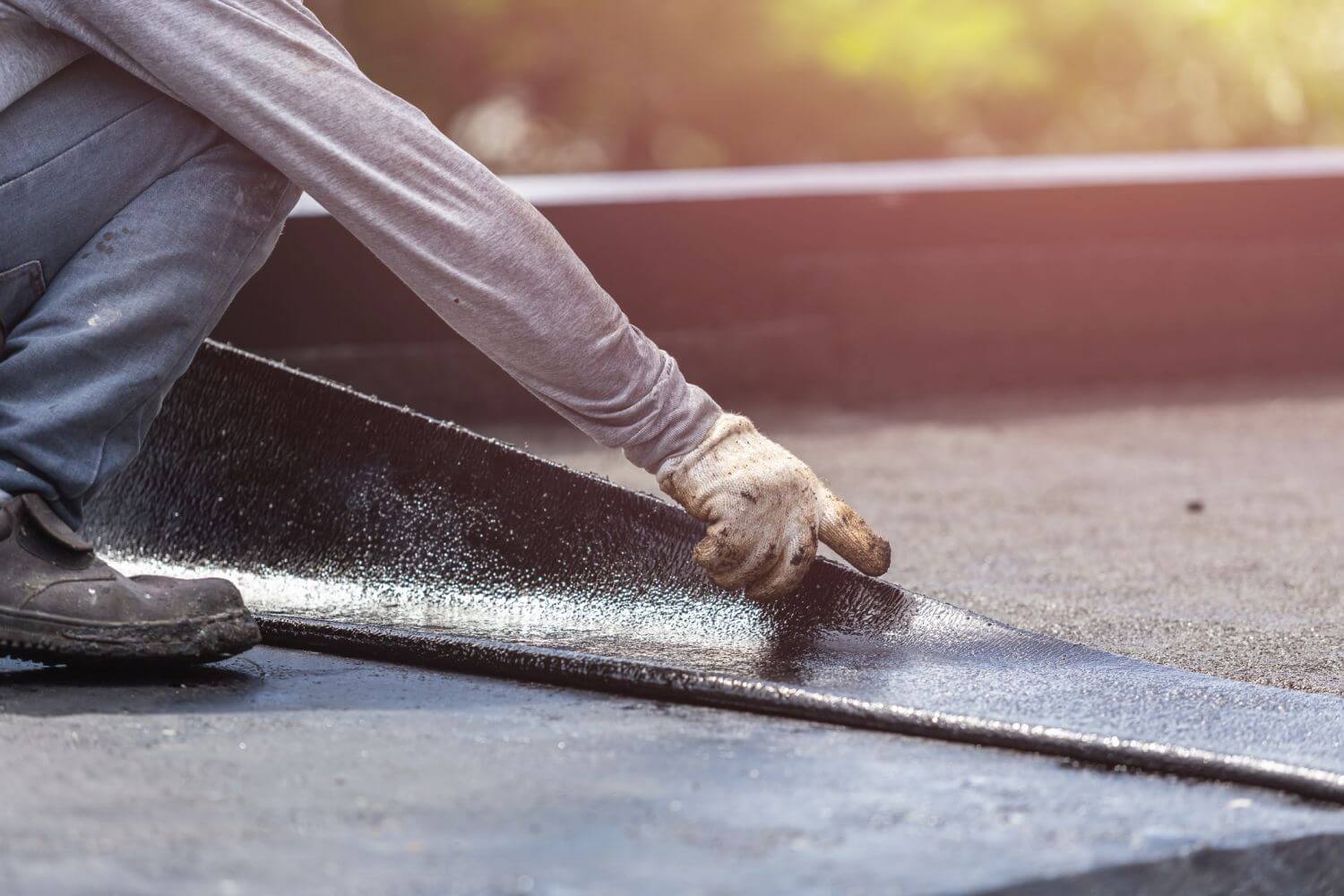Regarding caring for your home, the roof frequently stands as the first line of defense against the elements. Knowing roof warranties is essential for homeowners, as they grant assurance and security for one of the most important investments in your property. A roof warranty can encompass a wide array of issues, from material defects to labor costs during installation, and understanding what is included can save you substantial expenses in the long run.
For many, the question emerges: how can you be sure when it’s time for a new roof? Different roofing materials have varying lifespans and associated problems that can signal the necessity for replacement. Whether you're considering a DIY roof repair or engaging a professional, comprehending the ins and outs of roof warranties will help you make wise decisions, guaranteeing that your home continues to be safe, secure, and well protected from the elements.
Signs You Need a New Roof
A key signs that you may need a new roof is the presence of roofing materials that are curled, cracked, or missing. If you see any shingles that appear to be damaged or completely gone, it's an alarming sign. This type of deterioration can lead to bigger problems, such as leaks and compromised integrity, so fixing it quickly is crucial. Additionally, if you spot granules from the shingles building up in your gutters, it may indicate that your roof is deteriorating and needs replacement.
Another telling sign is the presence of water stains or mold in your attic or on your ceiling. https://aaroofingpro.com suggest that moisture is penetrating your roofing system, which can lead to serious problems over time if not taken care of. Peeling paint on exterior walls or bubbling wallpaper may also suggest roof issues. Such issues often arise when your roof can no longer adequately protect your home from the elements.
Finally, if your roof is approaching the end of its expected lifespan based on the material used, it may be time to consider a replacement. For instance, asphalt shingles generally last approximately 20 to 30 years, while metal roofs can last 50 years or more. If your roof is nearing this age and shows evidence of deterioration, such as extensive damage or ongoing leaks, investing in a new roof might be the most prudent solution to protect your home for the future.
Choosing the Appropriate Roofs Materials
Selecting the appropriate roof material is essential for the longevity and functionality of your roof. It is important to consider elements such as climate, the architectural style of your home, and your budget. Different types of roofing perform better in different climates; for example, asphalt shingles are well-liked for their cost-effectiveness and simple installation, while metal roofs provide durability and can withstand extreme conditions. An wise choice will significantly affect greatly to the overall performance and durability of your roof.
Another important factor is the aesthetic appeal. Roofing materials come in a variety of styles and colors, allowing homeowners to improve their home's curb appeal. Tile roofs, for example, can add a Mediterranean style, while modern metal roofing offers a sleek and modern look. It is advisable to choose a type that complements the style of your house while also conforming with local architectural styles for better marketability and value.
Lastly, take into account the future upkeep and cost implications of each roofing material. Some options, like cedar shake or tile, may require more maintenance compared to others, such as metal or asphalt. Understanding how each material responds to wear and tear from weather factors can help you avoid costly repairs down the line. By carefully assessing your choices, you can find a harmony between aesthetics, performance, and budget, ensuring you choose the best roofing material for your house.
Rooftop Construction and Care Guidelines
When planning to install a roof, it’s important to pick the appropriate supplies that suit your house's specific environment and design. Explore different roofing types, including asphalt shingles, metal, or tiles, taking into account aspects including longevity, weight, and cost. Moreover, contracting a reputable contractor with a solid track record is vital in guaranteeing excellent craftsmanship. Be certain to look into their references and reviews to steer clear of potential problems during the installation process.

Regular maintenance is crucial to extend the durability of your roof and reduce high repair costs in the future. Schedule scheduled inspections, preferably bi-annually, to catch any indications of damage early on. Watch out for typical roof issues like lost shingles, leaks, or evidence of wetness in the attic. Keeping your gutters clean and establishing proper attic ventilation can also help avoid significant harm due to accumulated water or heat buildup.
After installation, it’s vital to monitor your roof's condition, especially after extreme weather occurrences. Be proactive to address any issues, like replacing damaged shingles promptly and sealing potential leaks before they become serious problems. Comprehending how your roof interacts with your home can aid in maintaining its integrity and functionality, which in turn providing your family with lasting safeguarding from the elements.
